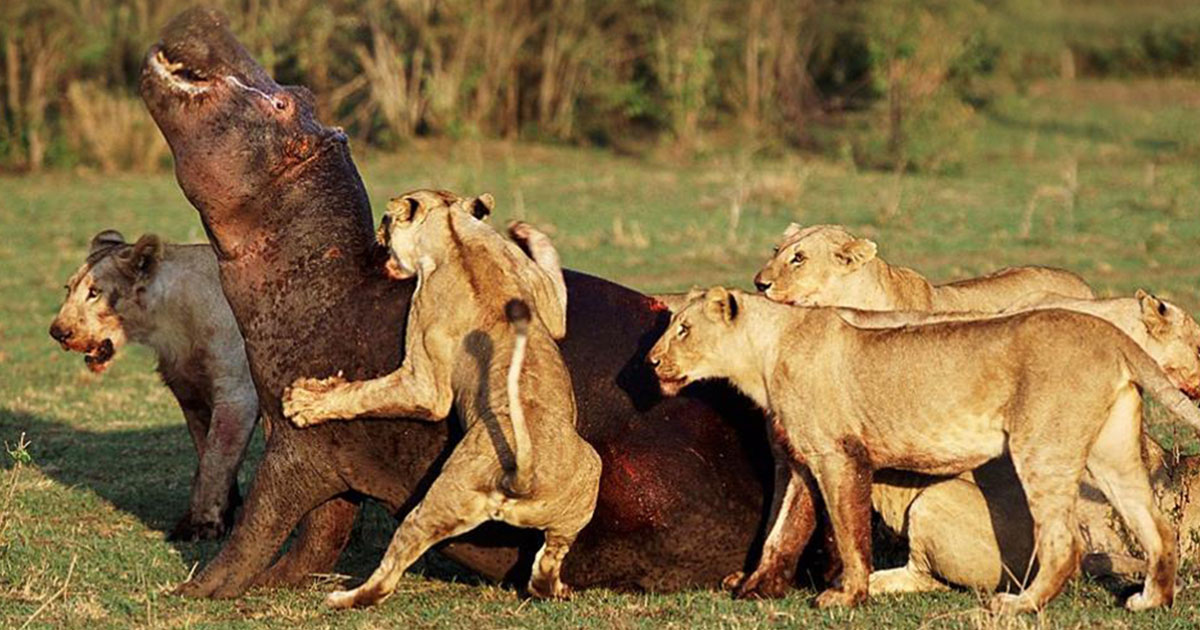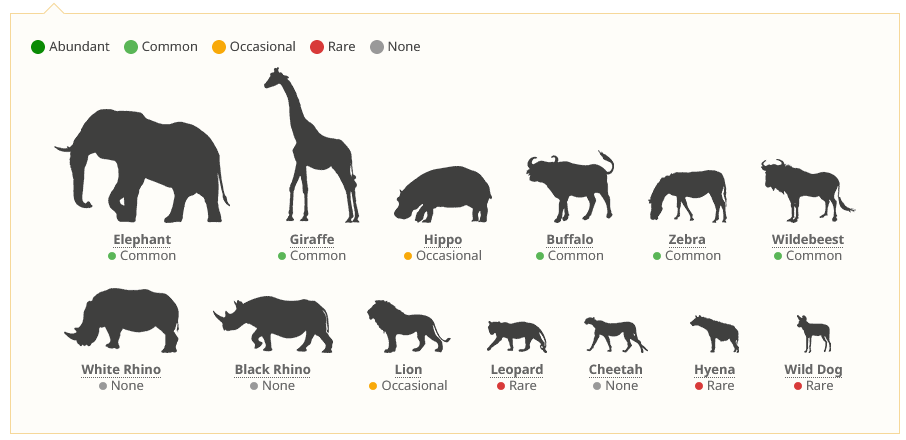Mikumi National Park, nestled in southern Tanzania, is one of the country’s largest and most accessible wildlife reserves. Spanning over 3,230 square kilometers, it forms a crucial part of the larger ecosystem that includes the Selous Game Reserve, Africa’s largest protected area. Its proximity to Dar es Salaam, Tanzania’s largest city, makes it a popular safari destination for both locals and tourists alike.
The park’s landscape is characterized by vast grassy plains, dotted with acacia trees and bordered by the Uluguru Mountains to the northeast. The Mkata River flows through the park, attracting a diverse array of wildlife, including elephants, giraffes, zebras, wildebeests, and buffalo. Mikumi is particularly renowned for its large population of lions, providing visitors with excellent opportunities for wildlife viewing, especially during the dry season when animals congregate around water sources.

For visitors seeking an authentic safari experience without the crowds often found in more famous parks like the Serengeti, Mikumi offers an ideal alternative. Its network of well-maintained roads allows for easy exploration, whether self-driving or with a guided tour. Additionally, the park offers various accommodation options, from campsites to luxury lodges, catering to different budgets and preferences. With its rich biodiversity and stunning landscapes, Mikumi National Park continues to enchant and captivate visitors, providing unforgettable wildlife encounters in the heart of Tanzania.
Underrated Mikumi National Park is known for its open horizons and abundant wildlife, especially across the Serengeti-like expanses of the Mkata Floodplain. The hippo pool and Millennium area are particularly popular, with good reason. The Dar–Ruaha road bisects Mikumi and it can get busy during the Dry season. To escape the crowds, the park’s south has a wild, wilderness feel, and is known for its elephants and lions.
Wildlife viewing in Mikumi National Park is excellent year-round. But the best time to visit is from late June to October (the Dry season is from June to October) when Mikumi’s vegetation is thinner and animals gather around waterholes; this is especially the case in September and October, when big herds of animals come to drink at the last sources of water. If you’re a birder, November to February is best.
The climate in Mikumi National Park varies from warm to hot and humid, with little change in temperatures through the year. The warmest months are October to March, and the coolest are June to August. Mikumi’s Wet season runs from November to May, when rains occur almost daily, usually in the afternoon, but they seldom last long. The Dry season is from June to October.
Afternoon temperatures are usually around 28°C/82°F. Days are bright and clear.
It is usually hot and humid during the Wet season. Afternoon temperatures are usually around 31°C/88°F and nighttime temperatures fall to around 20°C/68°F.
Zebra, wildebeest, impala and buffalo inhabit the grassy plains of Mikumi National Park. Lion, which prey on these animals, are also quite often seen. Giraffe browse the isolated acacia trees that fringe the Mkata River, where you should also see elephant. Mikumi’s famous and much-studied yellow baboons are plentiful. Rhino disappeared from the park in the 1990s, but the park authorities have announced plans to reintroduce the species.

Most wildlife activity occurs around Mikumi’s waterholes, where hippos are joined by thirsty herds of elephant, buffalo, zebra and wildebeest. Mikumi’s grasslands rank among Tanzania’s best Tours to see eland, the world’s largest antelope. The equally impressive greater kudu and sable antelope feed in the park’s hills, which are covered in miombo woodland. The unusual Lichtenstein’s hartebeest is also present. Ask your guide or park rangers about the plans to reintroduce rhino.
The Dry season runs from June to October and late June to October is the best time for wildlife viewing in the park. This is when wildlife is easier to spot because vegetation is thinner and animals gather around the Mkata River, the hippo pool and other waterholes. During September and October, these waterholes are almost constantly visited by big herds of buffalo and elephant as well as other wildlife.
Safaris to Mikumi National Park usually start from Dar es Salaam, and your point of entry for the country will generally be Julius Nyerere International Airport (DAR). In most cases, your tour operator will pick you up from the airport and handle all further ground operations or domestic flights.
Flying to one of Mikumi’s airstrips is possible from Nyerere (formerly Selous Game Reserve) and Ruaha National Parks, as well as from Dar es Salaam and Zanzibar. Charter flights might also be possible from some of Tanzania’s Northern circuit parks.
Mikumi is a 6-hour* drive from Dar es Salaam (300km/186mi to the east) and is sometimes visited as a weekend getaway by residents. Many travelers who visit Mikumi do so en route to the popular Ruaha National Park.
If driving from Ruaha, the distance is about 320km/200mi, and the drive takes roughly 6 hours*.
Mikumi lies 795km/494mi south of Arusha by road.

This Short Tanzania lodge safari to Ngorongoro Crater, Tarangire & Lake Manyara is the most…

Embark on an unforgettable adventure through Tanzania’s wilderness with a 4-day safari encompassing the breathtaking…

Embark on the ultimate adventure with our 5-day Tanzania mid-range safari tour! This once in…

This 6 Days Tanzania Mid-range Safari Tour is a combination of 3 of the 4…

This 3 Days Serengeti and Ngorongoro Safari tour takes you to the Serengeti and Ngorongoro…
Copyright Tanzania Local Tour Operators. 2023 – 2024. All Right Reserved
By completing this form you can apply for Membership account. Our team will review your application. When we have verified your application we will send you further instructions for the next step in the application process.